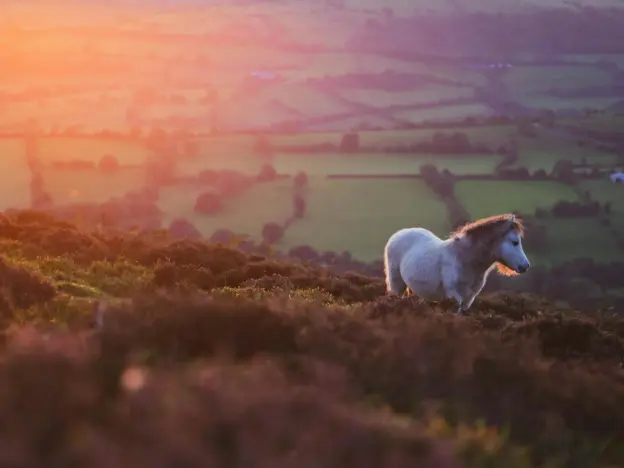Intro
Ponies have been a part of the British landscape for over 10,000 years and their remains have been found all over the country. The United kingdom is a tiny land of surprisingly diverse, but very old pony breeds.
Origins
The first Dartmoor reference appeared in 1012 and much later this pony was instrumental to tin mines which used them to transporting product. This is perhaps where the Dartmoor Hill Ponies started to become a bit more diverse. Mine ponies needed to be small, so Shetland blood was introduced to make the native ponies smaller. There isn’t a lot of information about the Hill Pony variety but they are said to be smaller than the true Dartmoor. As they are semi-wild and subject to worse nutrition, they aren’t as handsome as their larger cousins.
In 1898 the National Pony Registry set up local committees in order to produce descriptions of all of the native breeds. Other than height, that description still fits the Dartmoor as we know it today. The Dartmoor Hill Pony Association was founded in 2005 to preserve their specific bloodlines.
Features
Average height 10.2-11 hands
Physique
Head is small with a broad forehead
Ears are small and alert
Neck is average in length and strong but not heavy
Shoulders are well sloped
Back is medium in length
Hindquarters are well-muscled
Tall is full and high set
Legs have are dense and flat
Hooves are tough and well-shaped
Traditional Colors
Most colors
Temperament
Quiet and gentle disposition
Use
Riding and pleasure pony
Show pony
Helpful Links
*All links open in a new window
Dartmoor Hill Pony Association
